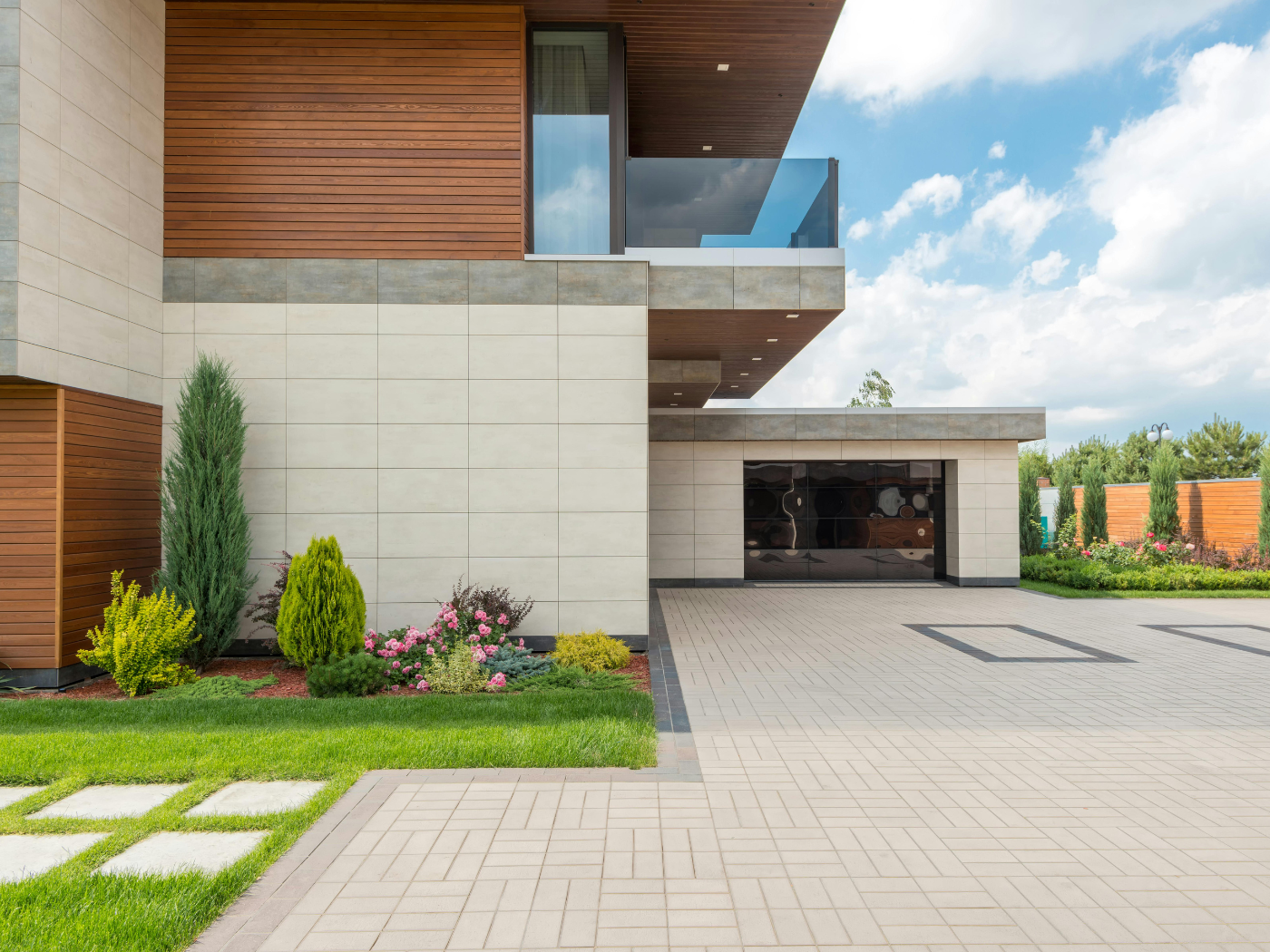Sealing marble countertops and floors is essential to protect the stone from etching and stains. Marble is a porous material that can easily absorb liquids, leading to discoloration and damage. A sealant acts as a barrier, preventing spills from penetrating the surface and allowing for easier cleaning and maintenance. Regular sealing ensures the longevity and beauty of your marble surfaces.
Sealing marble countertops and floors is crucial for preventing etching and stains. Etching occurs when acidic substances come into contact with the marble, causing a chemical reaction that leaves dull marks on the surface. Since marble is porous, it can absorb liquids quickly, leading to potential discoloration and damage. Applying a sealant provides a protective barrier, making spills easier to clean and maintaining the stone's aesthetic appeal. Regular sealing is key to preserving the integrity and appearance of your marble installations.
Etching is the result of acidic substances, such as lemon juice, vinegar, or even some cleaners, reacting with the calcium carbonate in the marble. This reaction can leave dull spots or rings that mar the surface's finish. Marble's porosity means it absorbs liquids quickly, which can lead to discoloration and damage if not properly sealed. A sealant acts as a protective layer, repelling spills and facilitating cleanup.
To remove etching marks, you can use a marble polishing powder or a baking soda paste; apply it to the affected area, then gently rub with a soft cloth until the mark disappears. Afterward, rinse with water and dry. Marble polishing powder is a fine abrasive that helps remove these marks and restore the stone's shine. To use, sprinkle the powder on the etched areas, add water to form a paste, and gently rub with a soft cloth. After the marks are removed, rinse with water and dry. Remember, marble is porous and absorbs liquids quickly, which can lead to discoloration and damage. A sealant provides a protective barrier, making spills easier to clean and helping maintain the stone's beauty. Regular sealing is advised for preserving your marble's integrity and appearance.
Sealing marble countertops and floors is essential to protect the stone from stains and etching. Here's a short guide on how to do it:
- Clean the surface thoroughly with a mild cleaner.
- Allow the marble to dry completely.
- Apply a thin layer of sealant using a soft cloth.
- Let the sealant penetrate the stone for about 15 minutes.
- Wipe off any excess sealant with a clean cloth.
- Allow the countertop and floors to dry for 24 hours before use.
Regular sealing will keep your marble looking pristine for years to come.


